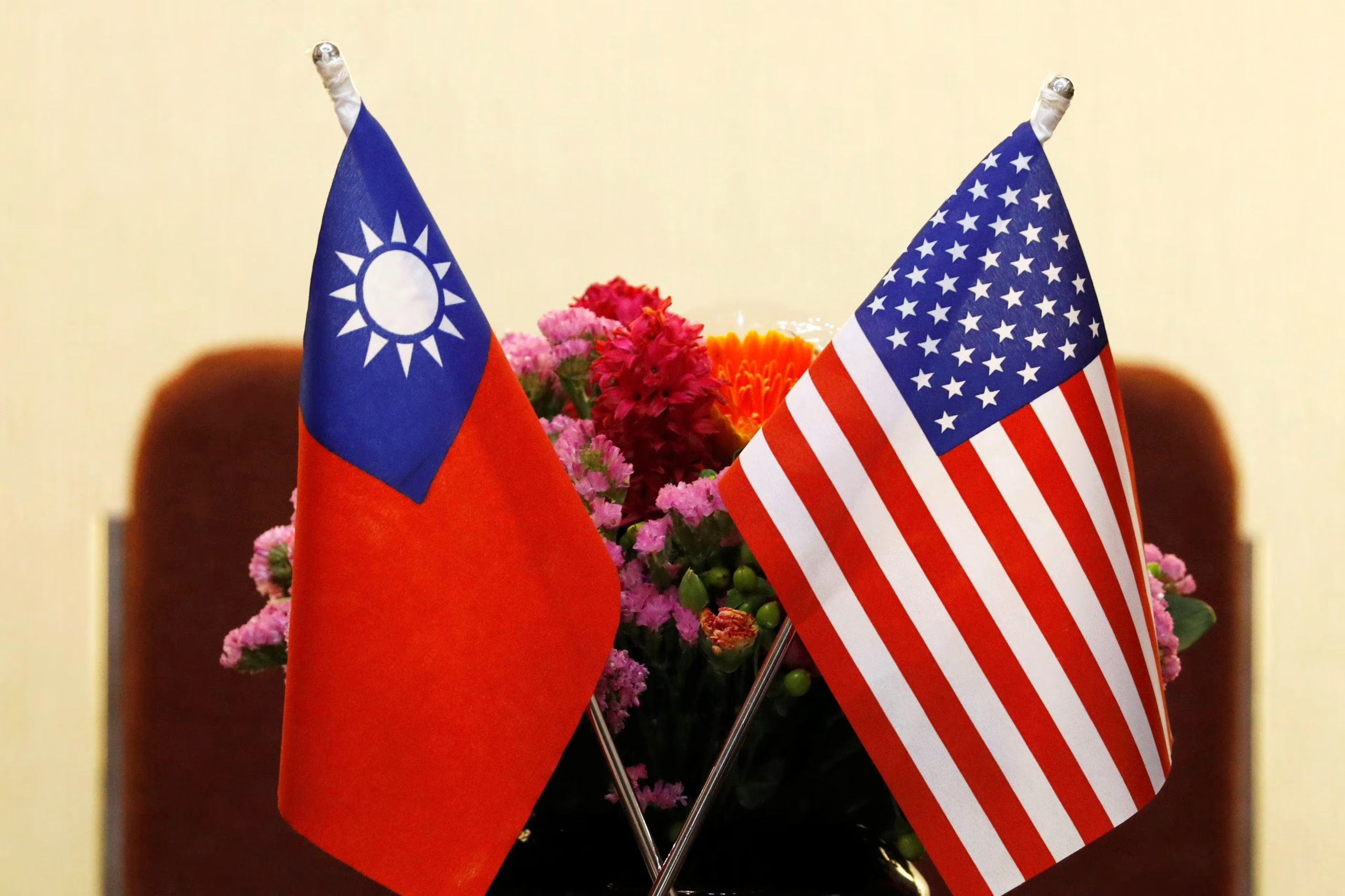Taiwan’s trade negotiators are “working around the clock” to finalise a tariff deal with the United States before Washington’s August 1 deadline, according to Taiwanese Vice President Hsiao Bi-khim.
The island faces a potential 32 per cent tax and possible duties on its crucial semiconductor chips if an agreement isn’t reached.
US President Donald Trump has set an August 1 deadline for trade partners to reach agreements or face threatened levies.
So far, the Trump administration has only announced deals with Indonesia, Britain, and Vietnam, along with a temporary agreement to reduce reciprocal tariffs with China.
Vice President Hsiao Bi-khim told reporters in Taipei that Taiwan’s negotiators are actively striving for a reciprocal tariff agreement.
“We are certainly aiming to reach an arrangement by August 1,” she affirmed. Trump initially imposed a 10 per cent tariff on almost all US trading partners in April, with plans to increase this level for dozens of countries. The deadline for these steeper duties was recently extended from July 9 to August 1.

Credit: Financial Times
Hsiao emphasised that Taipei seeks a mutually beneficial trade deal with Washington. She highlighted the United States as a “very important trade partner for Taiwan” and noted that Washington “needs Taiwan in supporting resilient supply chains, in supporting manufacturing, and in some high-end technologies.”
Hsiao stressed the countries’ interdependence in developing technology, economies, growth, and prosperity.
Taiwan is a global leader in chip manufacturing, a sector Trump has previously accused the island of “stealing” from the US.
Approximately 60 per cent of Taiwan’s exports to the United States consist of information and communications technology, which includes semiconductors.
To avoid Trump’s punitive tariffs, Taipei has committed to increasing investments in the United States, purchasing more US energy, and boosting its defence spending.


 Trending
Trending 